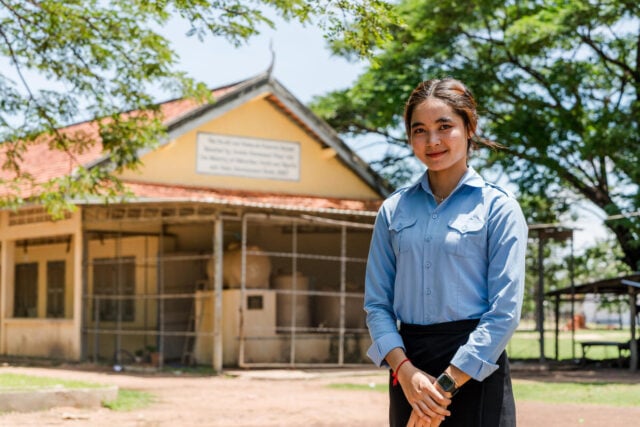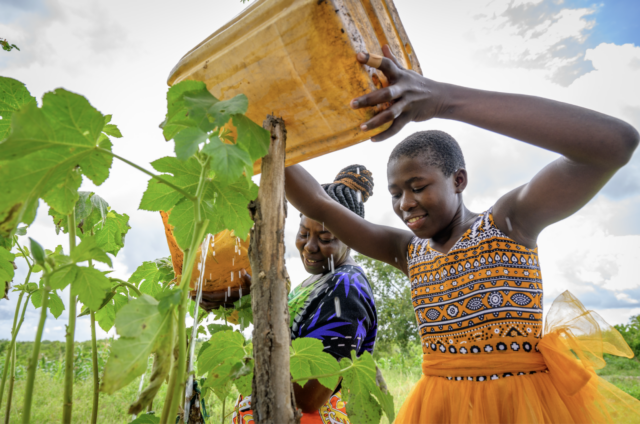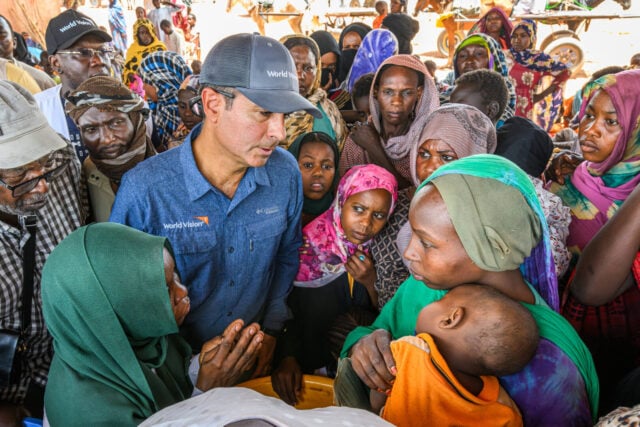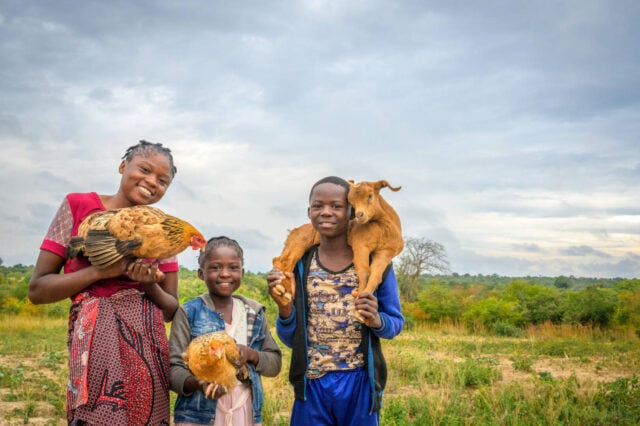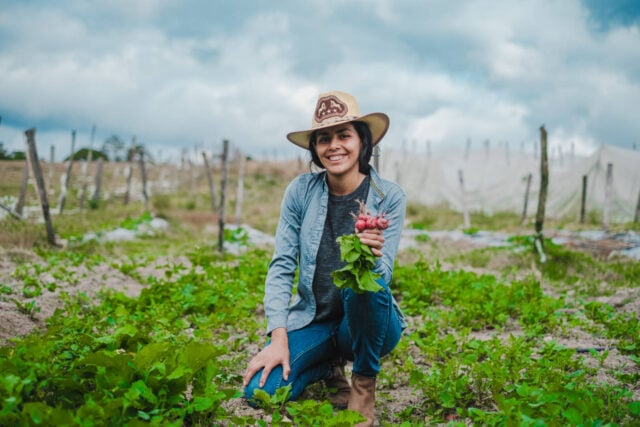Former sponsored child Phanet, 19, now teaches fifth grade in the same rural Cambodian classroom where she once studied. With support from World Vision’s sponsorship program, her family’s farm grew into a thriving business, and Phanet overcame challenges to pursue her education. Today, she is determined to pass on the gift of learning to the next generation, while continuing to dream herself.
News & Stories
World Vision Magazine
Eyes that shine again
Fatima arrived at a malnutrition stabilization center carrying her 9-month-old son, Hamed, who was dangerously underweight. For six days, she stayed by his side as he received emergency care. With no water available at the clinic, her other children walked 45 minutes each way to collect what they could from the valley. Hamed slowly regained strength and was transferred to outpatient care, where he now receives therapeutic food and regular checkups. His cheeks are full again, and his weight has climbed back into a healthy range.
For lasting change, just add clean water
Access to clean water has completely transformed the lives of Grace and her mother, Margaret, in Kenya. It’s not only led to better health and hygiene but has also helped improve school attendance and even opened up new business opportunities.
From destruction to hope: 20 years after the Indian Ocean tsunami
In 2004, a massive undersea earthquake off the coast of northern Sumatra, Indonesia, triggered colossal tsunamis that inundated coastal areas across the region, catching communities off-guard and causing widespread destruction. One of the most devastating natural disasters in recorded history, the Indian Ocean earthquake and tsunami impacted multiple countries and claimed hundreds of thousands of lives. Read about how World Vision responded and our ongoing efforts in the region.
Crisis in Sudan: A deeper look
Read the stories of two small children and a father of newborn twins whose lives were upended when the conflict erupted in Sudan in 2023.
From the World Vision U.S. president: Bridge the distance
World Vision U.S. president and CEO visited Adré, Chad, where hundreds of people crowded under a bridge as they fled conflict in Sudan. Once they arrive at the border, World Vision is helping people as they go through the process of entering a new country and providing short-term assistance.
Crisis worldwide: More refugees’ stories
According to UNHCR estimates, the number of forcibly displaced people worldwide exceeded 120 million in April 2024 — a historic high. Among those displaced, 40% are children. This alarming fact underscores the importance of prioritizing children’s needs amid displacement. We know that all children, including each of the approximately 47 million who are displaced, have inherent worth and God-given potential. Read about three kids currently experiencing displacement, and how they and their families exemplify resilience and unyielding spirit.
Irresistible: One family’s journey to change
A family who once lived in a termite-ridden hut received the gift of goats and changed their lives — to the delight of the man who believed in them.
Yessica’s story in Honduras: A new view when she looks in the mirror
Yessica’s family struggled as she was growing up, but after World Vision invited her to learn to farm and participate in Biblical Empowered Worldview classes, she’s now earning twice the average income for most people in Honduras.
Fueled by passion and purpose: Melissa Joan Hart shares her story of being a World Vision Celebrity Ambassador
Melissa Joan Hart shares her passion for helping communities both locally and internationally as a World Vision Celebrity Ambassador and child sponsor.
